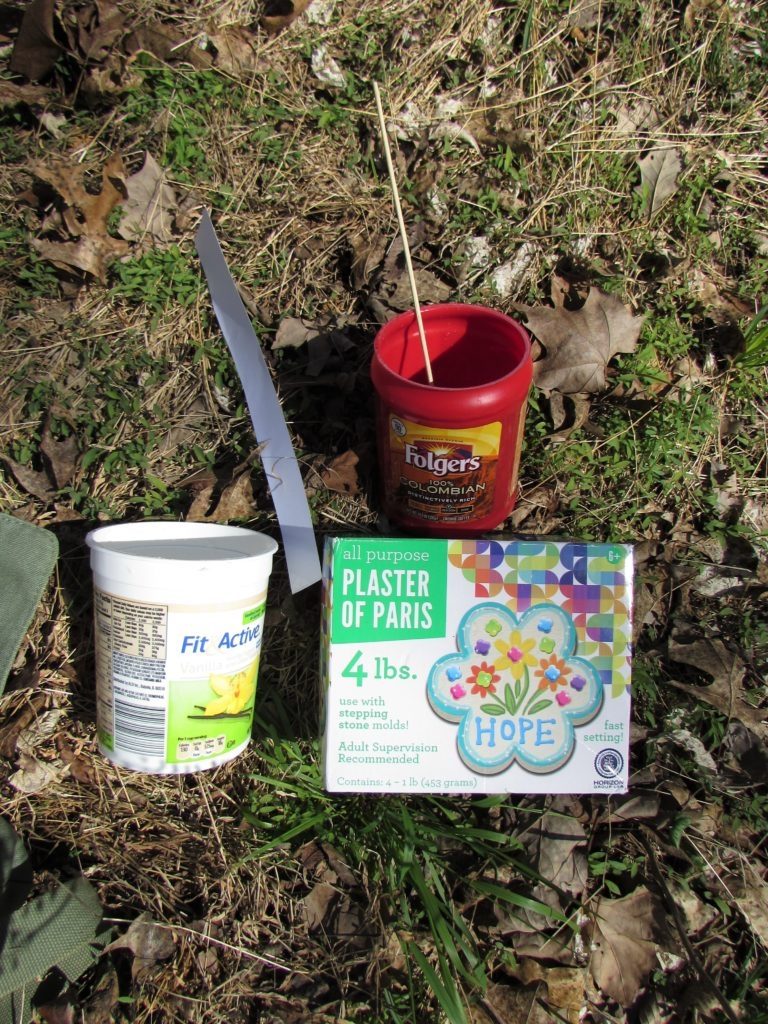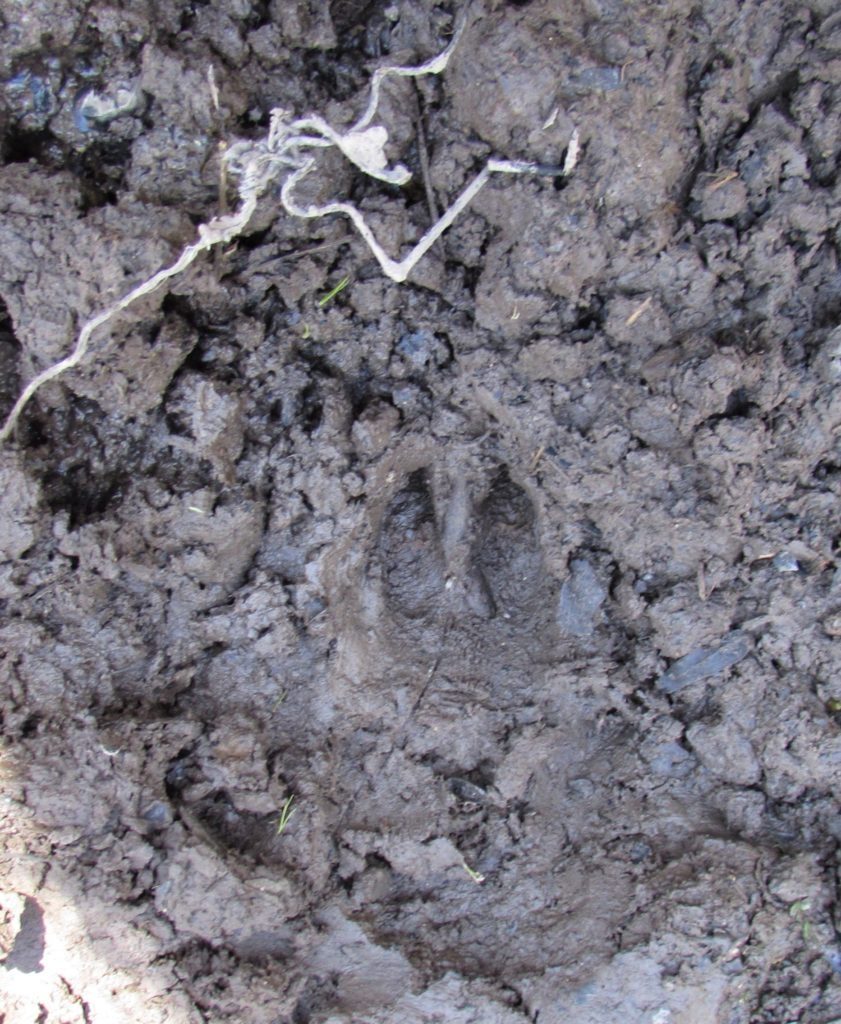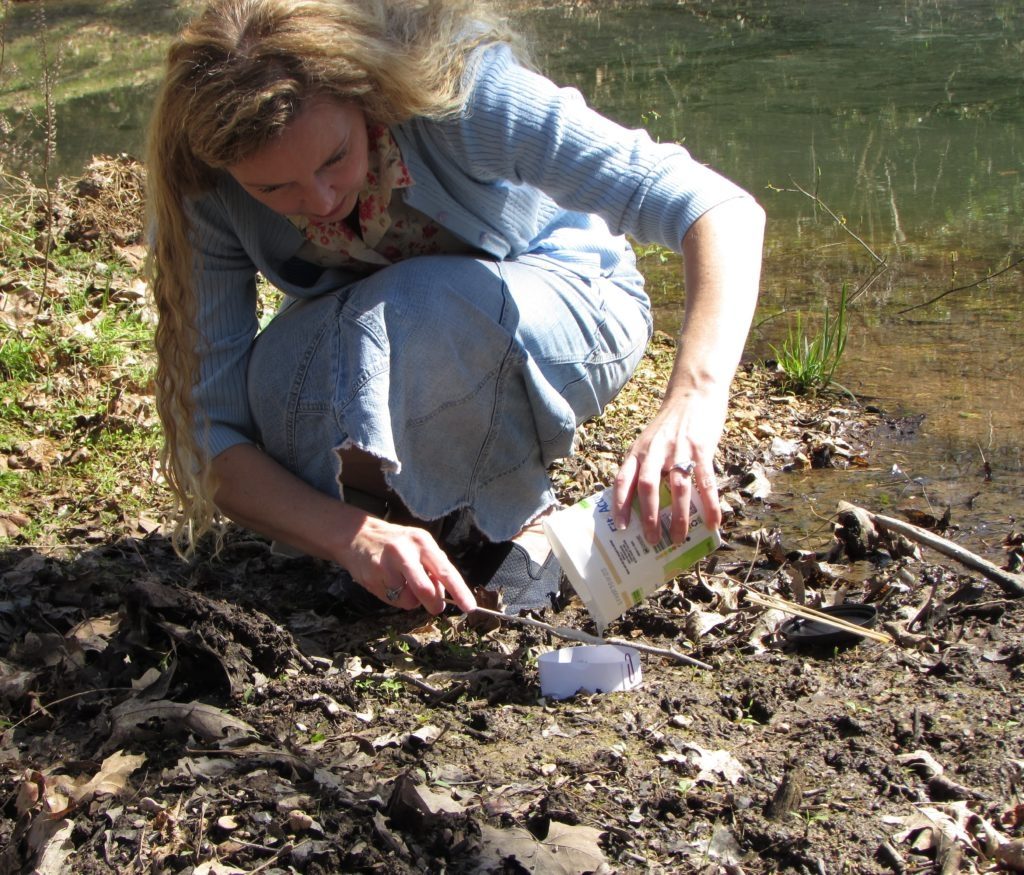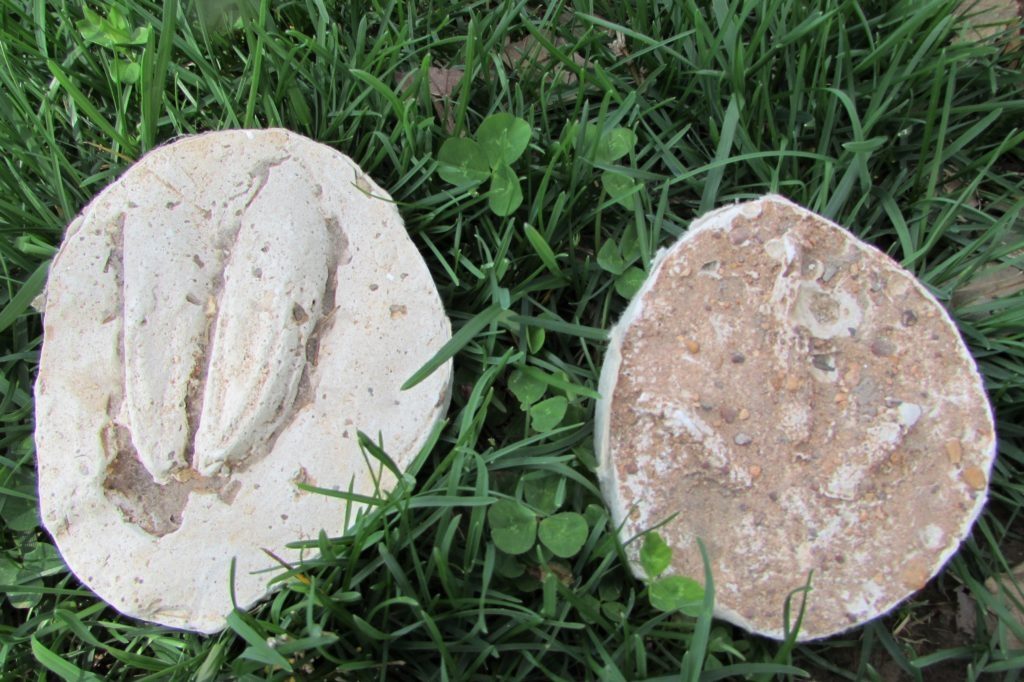Spending time outdoors is one of the healthiest ways families can enjoy their time together.
With summer just a few weeks away, we thought it would be a perfect opportunity to share one of our all-time favorite posts from our good friend, Ms. Sam.
Hope these ideas are inspiration for new adventures while you’re outside during these warmer months!
Spring is the perfect time for outside fun with the whole family. A great way to do that is to visit a local park. Whether it is a city, state, or national park, there are so many wonderful things to do. One is to look for animal tracks.
“Many tracking books use the analogy of the earth as paper, the animals as writers, and the tracks and trails as the letters and words left behind for those who are fluent in the language and willing to pause and read.” (Mark Elbroch, Mammal Tracks and Sign)
Animal tracks are most common around stream or pond banks, swampy areas, or bare earth after a rain. These are fun to find and identify, but you can also create a permanent memory of a family adventure.

You will need some materials, but you can find most in your household. You will need two plastic throw-away containers and a wooden skewer/popsicle stick. Also, cut a strip of posterboard or thin cardboard approximately 1 1/2 inches tall and 1 1/2 foot long. You need a couple of paper clips or a stapler for your paper, and finally, Plaster of Paris. This is available at Walmart, Hobby Lobby, and other craft venues.
Now, don’t tense up. It only sounds complicated. If you go on a hike and think there is a chance you will see tracks, throw all this is a backpack to take with you. The child who is most excited about making tracks gets to carry the backpack!
Once you’re out in nature, find a track that has definition and some depth. You are going to bend the paper strip into a circular shape large enough to just loop around the track. Secure your loop with the paper clips or staples. Then attempt to screw the paper collar slightly into the earth to keep the plaster from seeping out around the edges.

Please read the safety cautions on your package of Plaster of Paris. Now, when you mix your plaster, don’t do it according to the manufacturer instructions. It will be far too wet and thin. Instead, pour an amount of plaster powder into one of your plastic containers. Aim at an amount of powder that looks like it will fill your paper mold. (Better too much than too little. If you do make too little, just mix a bit more.) Use your second container to obtain water from a nearby water source: a pond, stream, water pump is ideal, or maybe a water bottle one of your hikers brought along. Pour a small amount of liquid into the powder and stir. Add water in small increments until the mix is the consistency of thick pancake batter. Pour into the mold, using your stirrer or even a larger stick off the ground to scrape the last out.


DO NOT rinse the plaster container, stir stick, or anything contaminated with plaster in a creek, stream, pond, or lake. Plaster of Paris should not go into the waterways. If you get some on your hands or anything else, use water from your container of water to rinse them off over land, not into the water source. As you are out enjoying and admiring nature, you also have a responsibility to protect it.
Allow your filled mold to dry for 10-15 minutes before checking it for hardness. When you think it might be dry enough, gently squeeze at the sides of the mold. The plaster should not give. Once you’ve checked the sides, place a finger on top of the plaster and press lightly. You should not be able to make an indentation in the top. If it is still soft, let it rest so you get a good cast. Patience is one of the fruits of the spirit, after all, and this is a great chance to practice.
When the plaster is hard, gently tug on the collar. You may have to wiggle and pull to bring up the cast if it is well set into the soil. Your plaster cast of the track will most likely have mud, dirt, or sand packed around it. Just let it dry all the way through; later, you can use your fingers to remove most of the soil. A soft toothbrush can help to clean any crevices. Peel off any of the paper collar that comes away easily.

Letting the mold dry completely may take until the next day. Do not place it on any surface that will be damaged by heat or moisture. Plaster of Paris cures (or hardens) by creating its own heat, much like concrete.
What if you don’t find tracks in the wild? How about making a bit of wet dirt in your yard and impressing your dog’s foot there to make a print? Then your child would have a pet’s cast to treasure forever.
No pets, or you suspect Fido would object to having his foot dunked in mud? Have your child find some small plastic dinosaurs, horses, bugs, or snakes to press into damp earth or sand. Create your prints the same way, but these can be pretend fossils.
However you do it, the purpose is to get outside and enjoy the incredible beauty that God has created. Don’t sit inside on that amazing summer day. Get outside and get trackin’!

Read more from Ms. Sam’s ‘Nature Notes’ series.
 Please visit AReasonFor.com to check out their amazing products,
Please visit AReasonFor.com to check out their amazing products,
plus FREE resources for home education!
